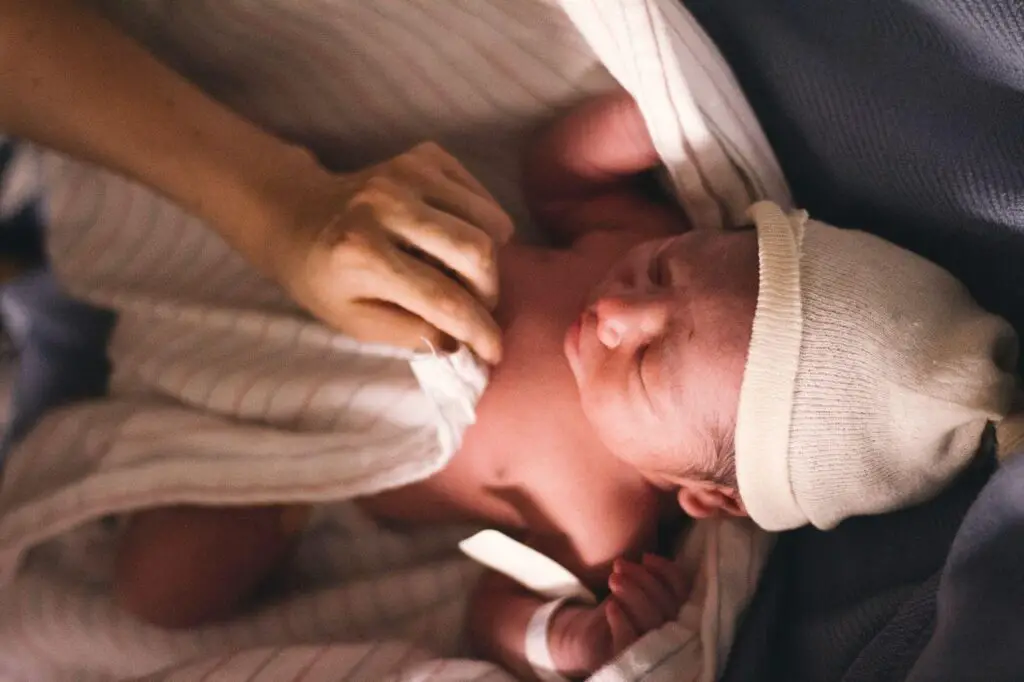Birth Injuries: What Expecting Parents Should Know

Becoming a parent is a wonderful — but occasionally challenging — experience. Sometimes, despite the best intentions, things may not go smoothly during childbirth, and a baby could experience an injury. If you’re an expecting parent, it’s crucial to understand birth injuries, how to recognize them, and the steps to take if they occur.
Understanding the legal aspects of this matter can also be highly beneficial. It equips you to safeguard your child’s well-being and ensure they have a strong start in life. This article covers all the essential information, empowering you to approach this unique journey with knowledge and assurance.
Understanding Birth Injuries
Birth injuries occur during labor or delivery, affecting the newborn. The causes can be numerous, including natural complications or medical negligence. Sometimes, they are minor issues like small bruises that heal quickly.
However, in severe instances, a baby might suffer from more serious problems, such as cerebral palsy, which can have a long-lasting impact. Identifying the cause is a vital step in responding effectively to prevent further complications.
Legal Options You Can Consider
When a birth injury results from medical malpractice, you have the right to seek legal help. It’s a path many parents opt for, in order to stand up for their child’s rights and to get support for the challenges that lie ahead.
So, how do you go about it? Firstly, understand that you’re not alone. There are professionals out there who specialize in cases of birth injuries. So, the first step is reaching out to a seasoned birth injury law firm.
These experts will listen to you, understand your situation, and guide you on the best way forward. Their knowledge and experience can ensure that those at fault are held responsible. Moreover, they will help in fighting for fair compensation that reflects the pain and hardships endured by your child.
Types of Birth Injuries
When we look at the various types of birth injuries, it is crucial to understand that they vary widely. For instance, one type is caput succedaneum, which is a swelling on the baby’s scalp that usually goes away on its own after a few days.
Another severe kind is cerebral palsy, which can affect the baby’s muscle control and coordination for their entire life. There are other types, such as brachial plexus injuries, which can affect the nerves in the arms and hands.
And perinatal asphyxia happens when a baby doesn’t get enough oxygen during birth, leading to breathing issues. Being informed about these different types of injuries can help you understand the kind of care and attention your child might need if they face any of these challenges.
Factors Leading to Birth Injuries
To prevent birth injuries, one must understand the causes behind them. Some come from prolonged labor, which puts stress on the baby. Others stem from the incorrect use of tools like forceps during delivery. Medical negligence, though not always present, is a significant factor, too.
It involves oversight, lack of skill, or errors in judgment by healthcare providers. Awareness of these details allows for open and effective communication with your healthcare team. By discussing potential risks and the steps taken to mitigate them, you foster a safer environment for childbirth.
Preventing Birth Injuries: What Can Be Done?
Taking steps to prevent birth injuries is for a safe delivery. This involves going to all your prenatal check-ups to keep an eye on the baby’s and your health. Eating balanced meals that provide all the necessary nutrients can also play a role in keeping both of you healthy.
Choosing a medical team that you trust is another key step; they should be experienced and attentive to reduce the risk of injuries during delivery. Being open with your healthcare provider and discussing any concerns or questions you may have can also be beneficial.
Rehabilitation Process for Recovery
The rehabilitation process might use different kinds of therapy, such as physical therapy to help with movement or speech therapy to aid in language development. Sometimes, occupational therapy is needed to help the child learn daily skills needed for self-care as they grow.
Choosing a team of well-trained professionals to guide this process is very important. They can create a plan that fits the specific needs and challenges your child faces. Through structured and steady rehabilitation, it is possible for the child to develop abilities they need, and sometimes, they might even recover abilities that were lost.
Financial Implications and Planning
It’s a hard truth that experiencing a birth injury can bring substantial financial stress. There will be immediate medical bills to take care of. But apart from that, the child might need continuous support, including therapy sessions, special education provisions, and other services tailored to assist them in their daily life.
Awareness of these potential costs is key in planning for your child’s financial future. This might mean looking into different insurance options that cover long-term healthcare needs. Moreover, there might be financial aid or support systems available to help alleviate some of the burdens.
Mental and Emotional Support for Families
The family of a birth injury victim might find themselves in a tough emotional state. They are dealing with a mix of fear, sadness, and uncertainty. It is during this time that reaching out for mental and emotional support can be a lifeline.
Counseling and therapy are good places to start. These services offer a safe space to express feelings and learn coping strategies. Parents should also connect with support groups that can provide comfort.
In these groups, families share their stories and hear from others who have faced similar challenges. It helps them understand that they are not alone in this journey.
Future Challenges and Preparations for Families
For expecting parents, future preparation is extremely important. But what exactly does future preparation entail? It might include educational planning to ensure that your child receives the necessary support and accommodations at school. This might mean looking for schools with good special education programs or arranging personal tutors.
Apart from education, it is equally important to create a home environment that aids in the child’s overall development. This includes setting up safe and accessible spaces that cater to the child’s physical needs. It also means fostering a loving and understanding home where the child can thrive emotionally.
Conclusion
Being prepared is key when expecting a new baby, especially in understanding the potential risks of birth injuries. Learn the different types and causes of these injuries. Make sure to have plans for prevention, legal action, and financial planning.
Seek proper rehabilitation and emotional support channels for the best outcome. It’s a long journey, but with the right knowledge and support system, you can navigate it properly and effectively. Stay informed, stay prepared, and always focus on building a safe and loving environment for your child.







